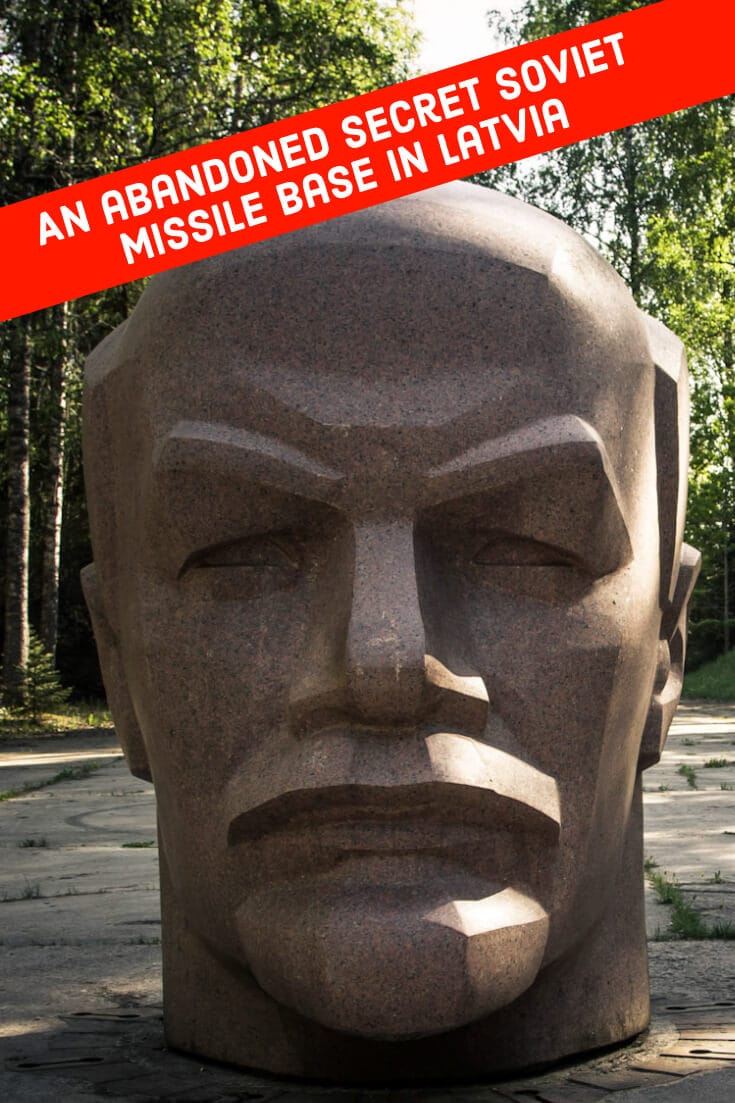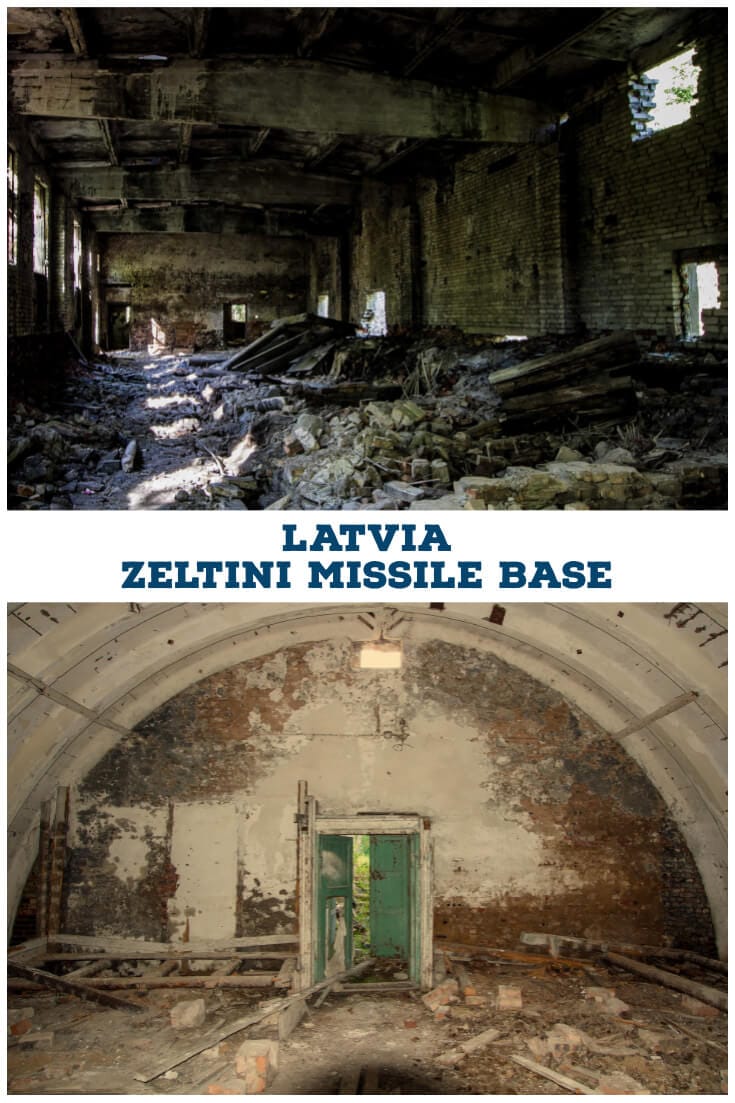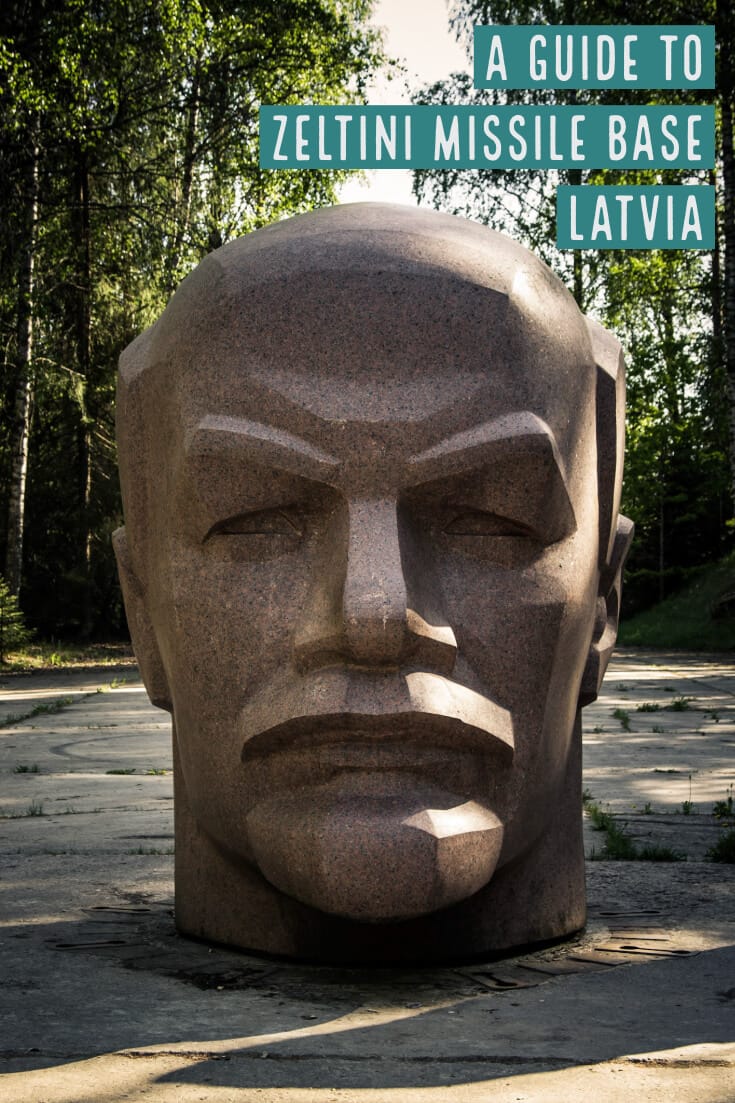Zeltini (also spelt Zeltiņi or Zelteni) Missile Base sits deep in the forest of northeastern Latvia, close to the borders with Russia and Estonia. In fact, as is the norm with these former Soviet military bases, it’s in the middle of absolutely nowhere: the nearest sizeable town is Alūksne, some 25km to the east and Latvia’s capital, Riga, is 190km away in a southwesterly direction.
During the time of the Soviet occupation, the Baltic States (Latvia, along with Lithuania and Estonia) were packed with military installations, but Zeltini was a bit more serious when it came to Cold War shenanigans because it was one of a few in the region that was capable of handling ballistic missiles.
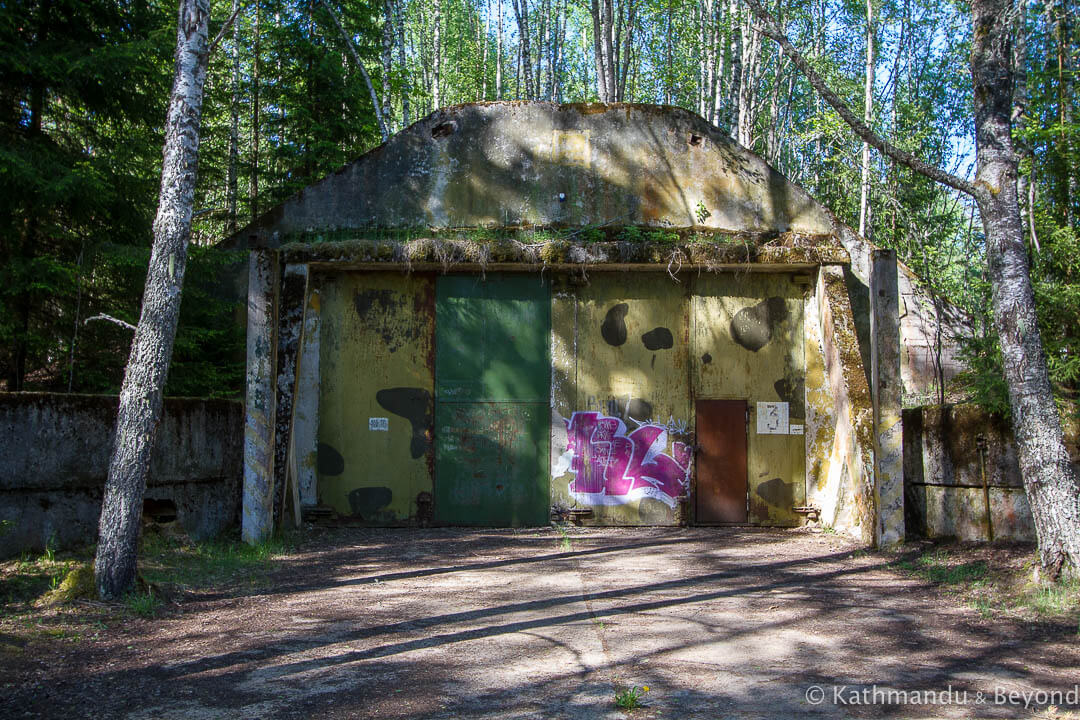
I had trouble finding a definitive answer on which particular ballistic rocket Zeltini was equipped to manage. As far as I can tell, the options were either the theatre ballistic missile (range less than 3,500km), the medium-range ballistic missile (maximum range 1,000-3,000km) or the intermediate-range ballistic missile (maximum range 3,000-5,500km). In the end, I gave up searching as the precise answer is pretty much irrelevant given that even the one with the shortest range would have been capable of causing unthinkable damage in Western Europe, which would have invariably been the target had it ever been deployed.
The base itself was established in 1962 and almost immediately went on high alert because not long after it was constructed, the Cuban Missile Crisis (16–28 October 1962) took place and vigilance on all sides hit an all-time high. At the height of the Cold War, over 300 military personnel lived on the compound, which was surrounded by barbed wire and an electrified fence. Within the confines of the base, and the reason for its existence, there was at least four, some sources say up to eight, nuclear missiles concealed in underground silos, primed and ready for launch at the push of a button, or maybe two buttons.
Thankfully, no rockets were ever deployed and the dissembling of the site began not long after Messrs Reagan and Gorbachev signed the Intermediate-Range Nuclear Forces Treaty (INF Treaty), a 1987 agreement between the United States of America and the Soviet Union that initiated the dismantlement of both sides immediate and short-range missiles. The treaty came into effect on 1st June 1988 and, by the end of the 1980s, the base at Zeltini was no more (*).
(*) As I write this blog (December 2018), the INF treaty is under threat. The United States has accused the Russians of developing a new land-based cruise missile capable of delivering a nuclear warhead over distances up to 5,500km, and the US has issued an ultimatum of sixty days for Russia to comply with the INF agreement, or else. If Russia decides to continue with its development and deployment of the missile along its western and eastern borders, the US has said it will withdraw from the treaty and may well reawaken its own missile development programme. If this happens, we may, once again, see ballistic missiles deployed in Western Europe and, who knows, Zeltini may be reborn as a missile launch site, albeit on the other side this time given that Estonia is now a member state of NATO.
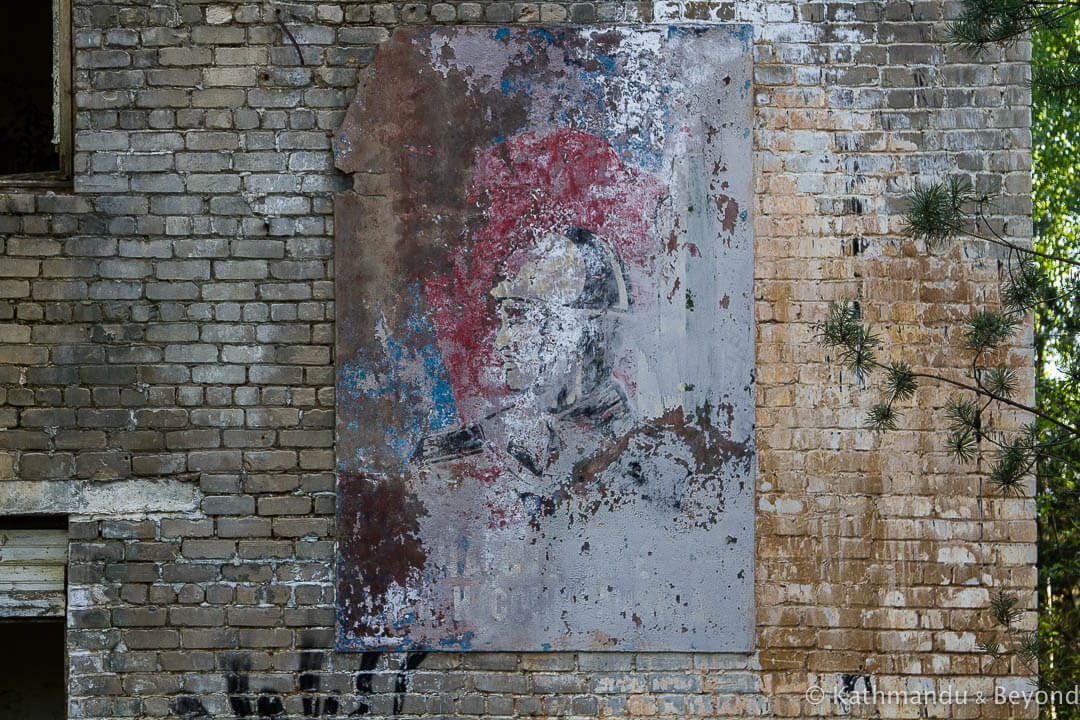
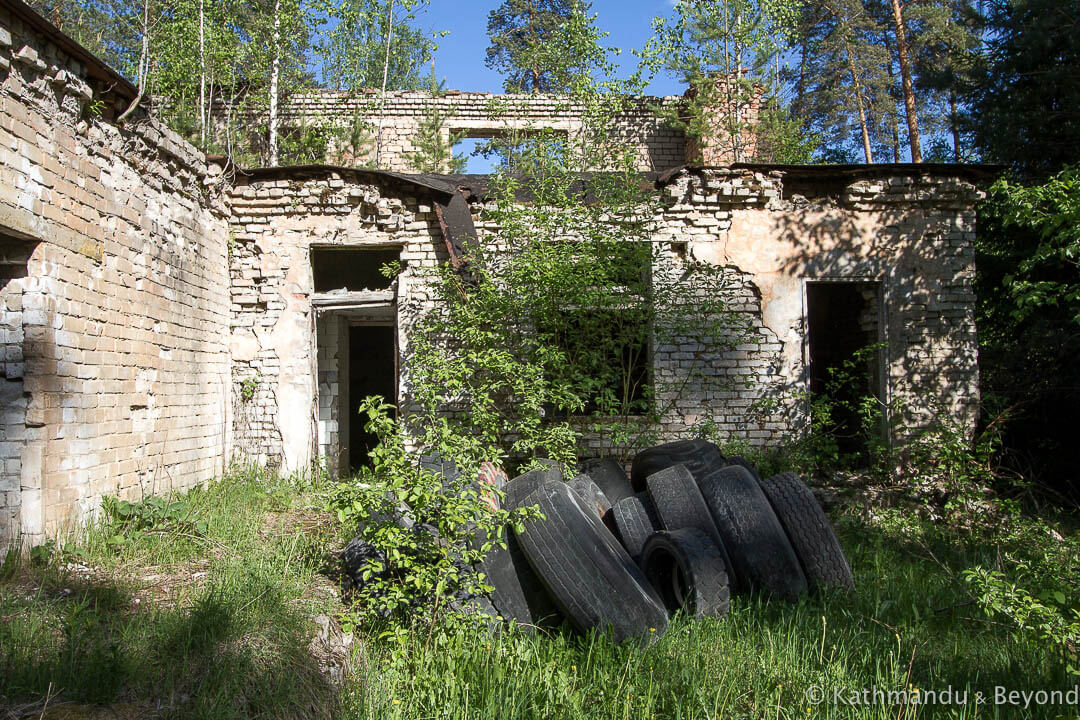
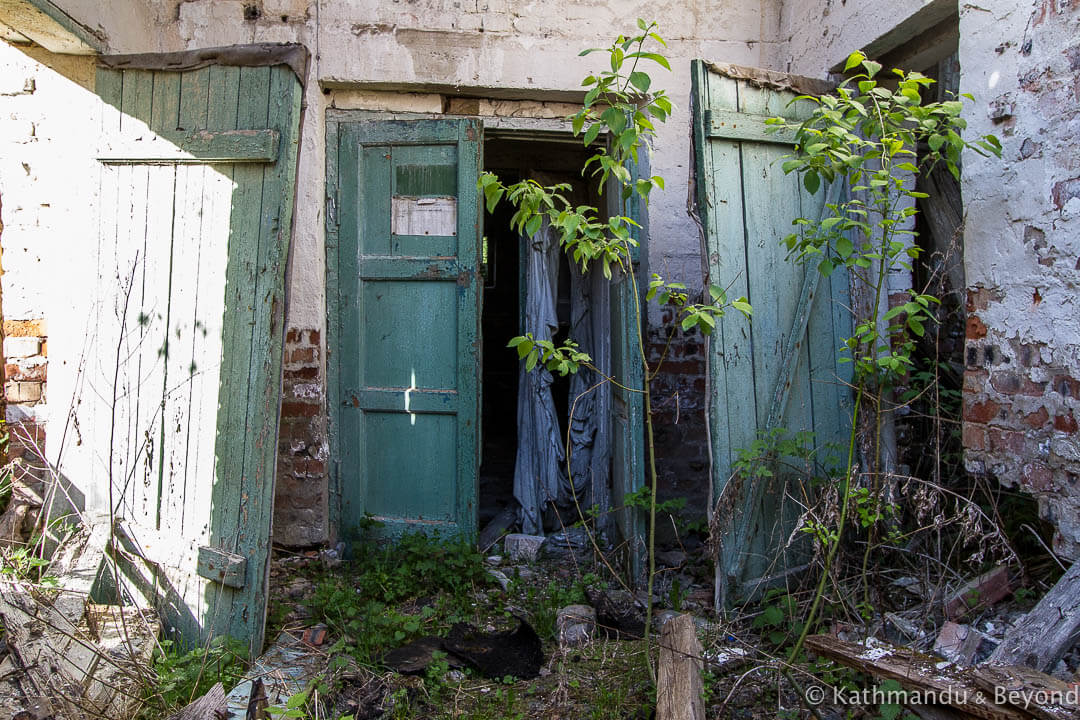
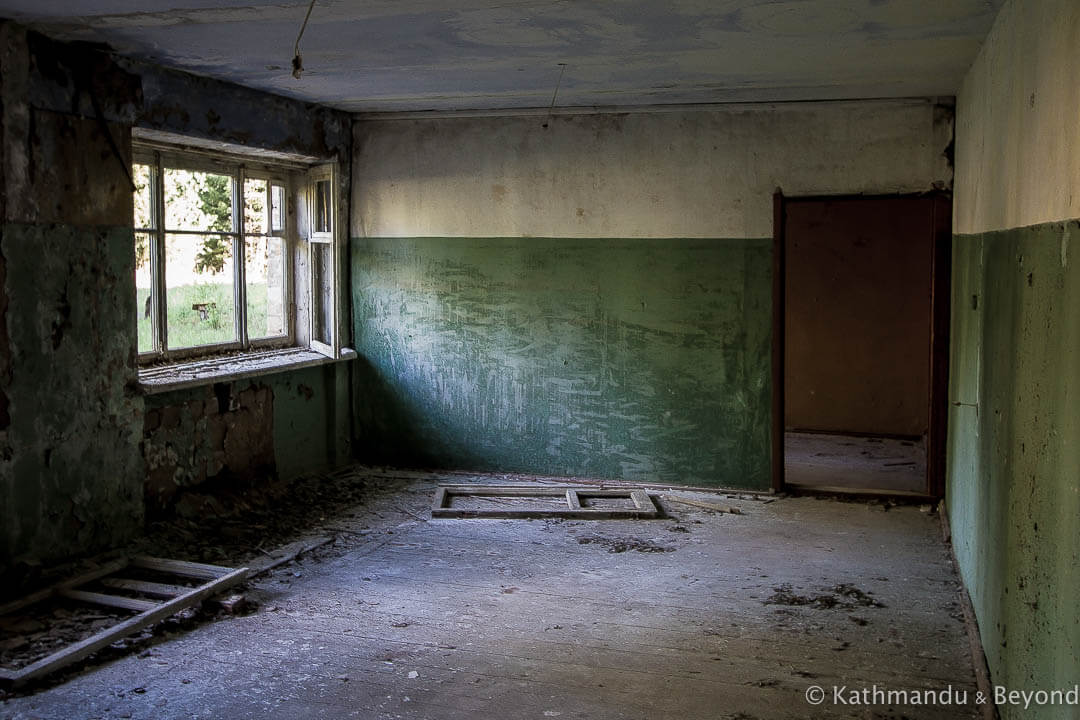
I can’t find out anything concrete about what happened to the base in the years following its closure but, figuring this out isn’t exactly rocket science (boom, boom!). Step up the usual suspects: the dissolution of the Soviet Union, Estonian’s subsequent re-independence, the Russian military doing a runner, looting, vandalism and ultimately, the re-discovery of the place by locals who had no idea of its existence in the first instance. A similar sequence of events took place around the same time at many other sensitive locations within the Baltic States (and other regions of the former USSR), including at Hara Submarine Base in Estonia, Irbene in Latvia and the prison at Rummu, which is also situated in Estonia.
What’s left of this military installation today is a real treat not only for those with a penchant for abandoned places and/or Soviet history but for anyone who makes the effort to get there. The remains of bunkers, launch pads, warehouses, living quarters and other structures are spread out throughout the area. Quite a lot of the remaining infrastructure can clearly be seen (and visited) from the road that runs through it but, parking up, and heading into the surrounding woods also reveals plenty of interesting stuff. Clambering over numerous T-shaped concrete frames, which were installed to support the vast amount of piping that once travelled throughout the base, we spent quite a bit of time in the forest before re-emerging and exploring other parts of the compound.
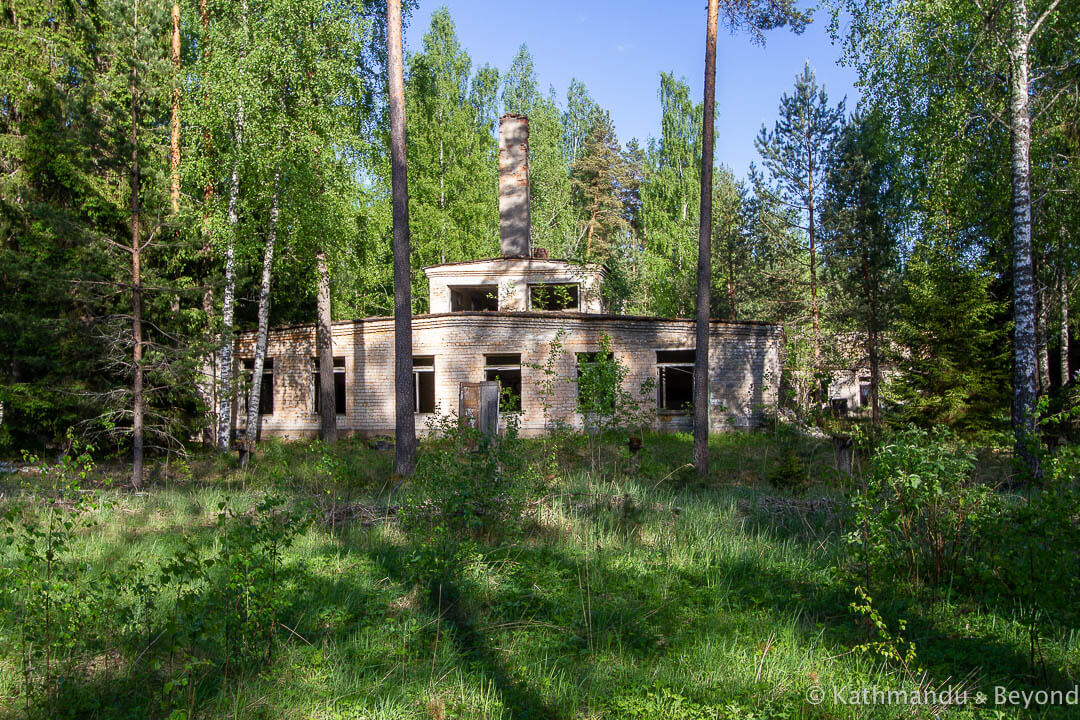
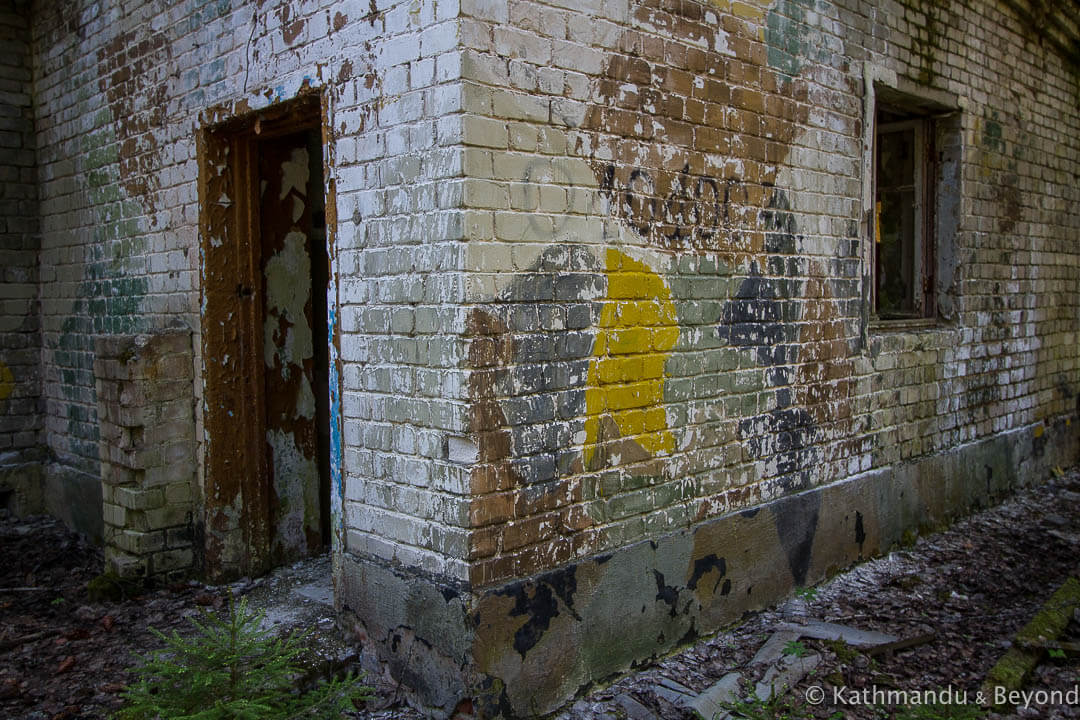
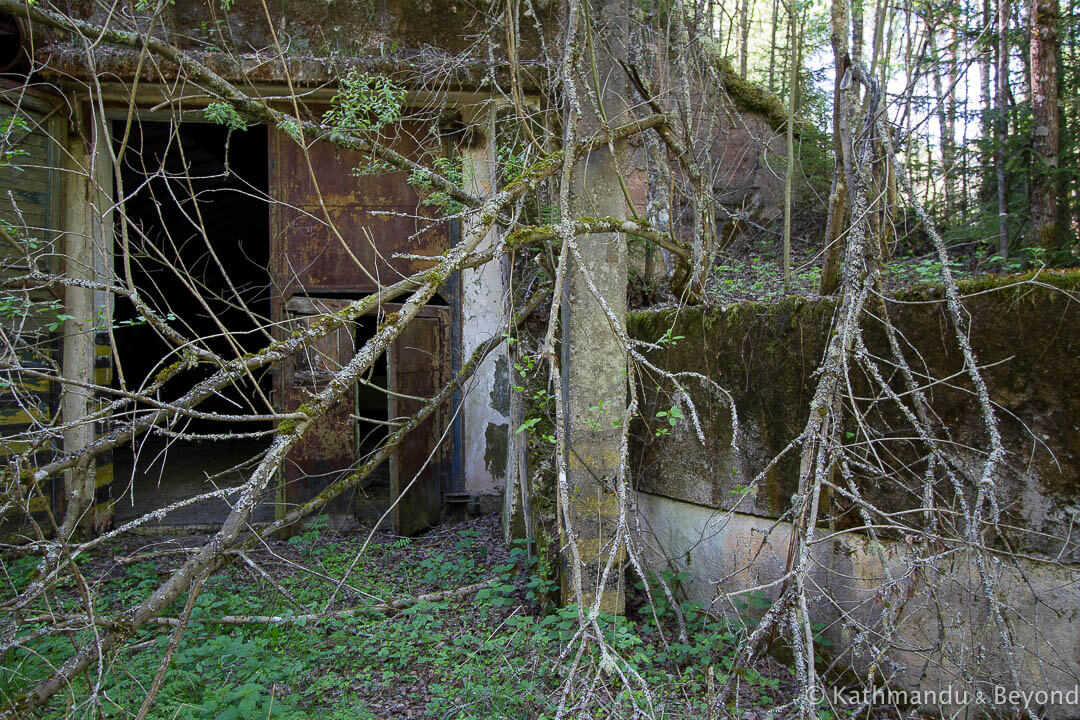
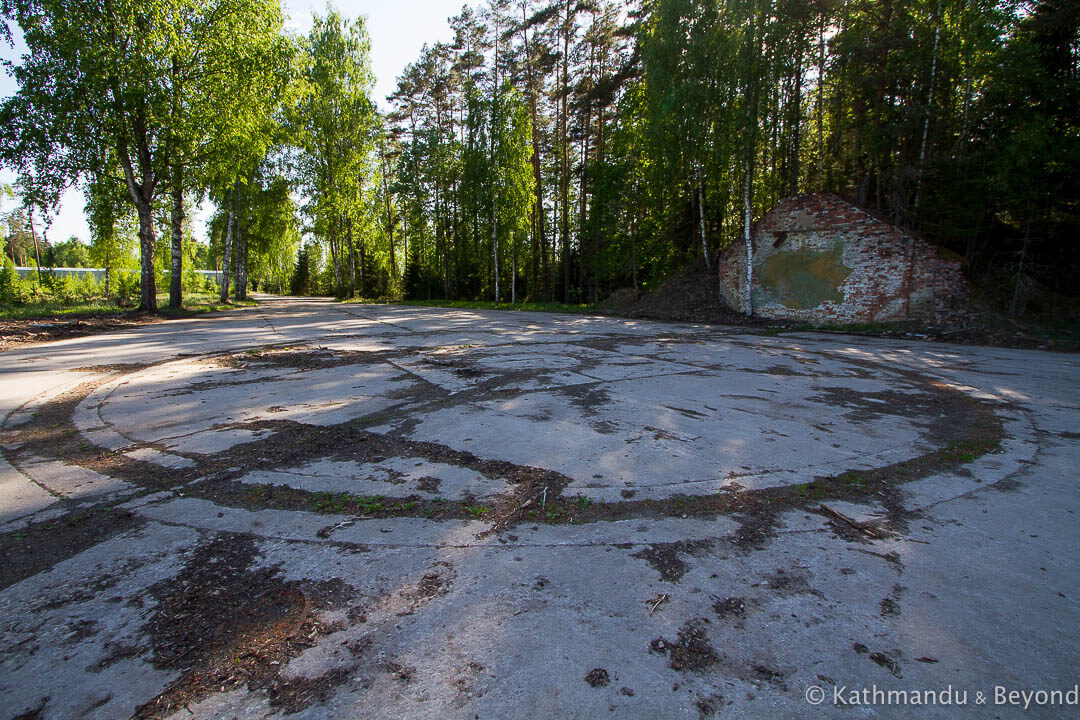
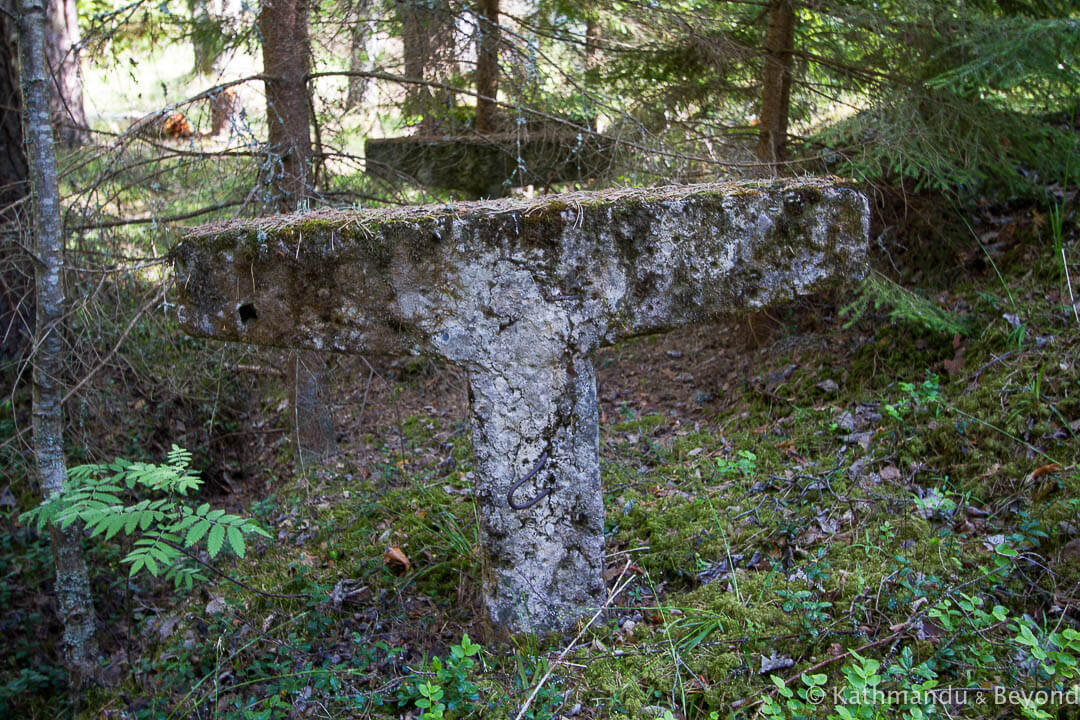
The most photographed object, and the centrepiece of the base, is an ominous-looking 3-metre high bust of Lenin. Plonked in the middle of one of two visibly remaining launch pads, the monument is made from granite and was reportedly moved here from Alūksne at some point in the early 1990s to save it from being destroyed. It’s a good place to start your exploration as there is a rudimentary map, and a plaque detailing a brief history of the missile base nearby. The information, which is in English, sets the scene and the map helps to visualise what is actually a pretty large area to navigate.
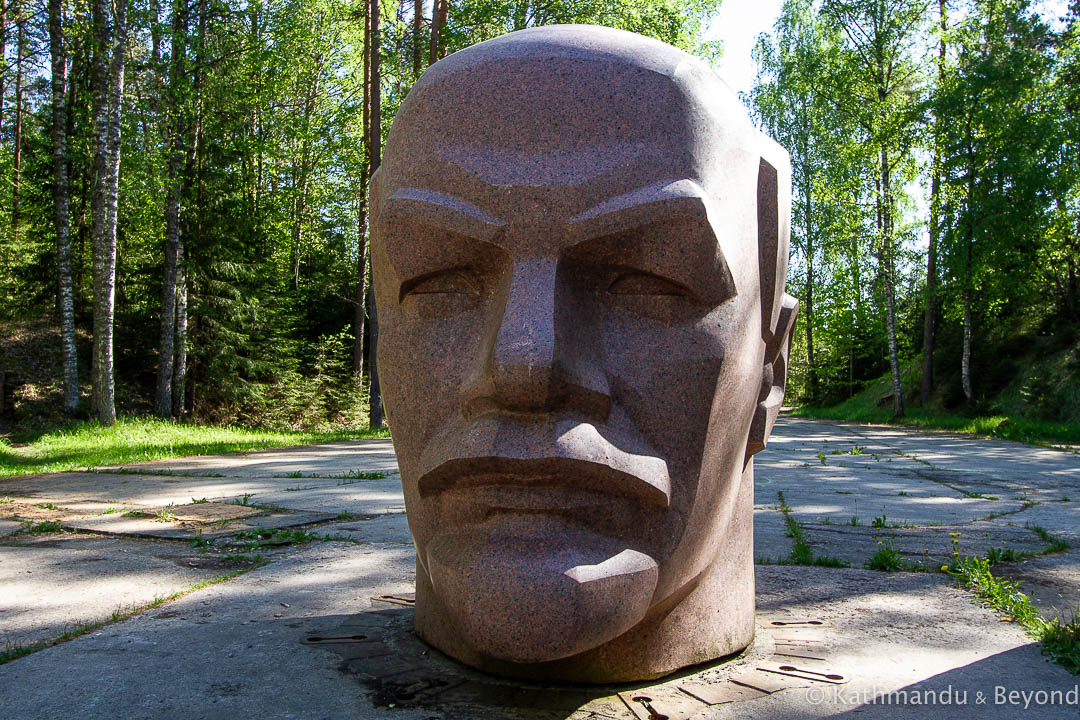
The Soviets installed two other missile bases in the area with similar capabilities: one near the town of Gulbene and other close to the settlement of Strautiņi. To the best of my knowledge, neither complex exists anymore but, back in the day, that would have been a hell of a lot of firepowers concentrated in a relatively small area and, in the words of Private Frazer from Dad’s Army, if it had properly kicked off during the Cold War, those in Western Europe at the time would have been “doomed”!
In total, we must have spent about 2½ hours giving the place the once over and it was certainly one of the highlights of our time in the Baltic States.
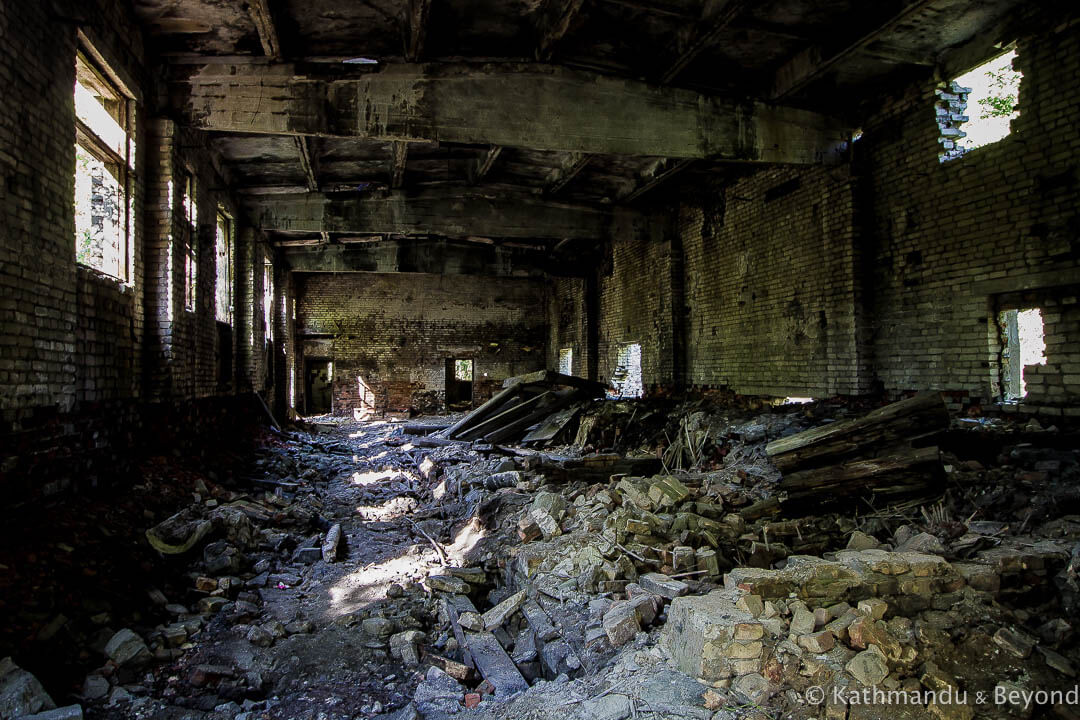
Entrance fee for Zeltini Soviet Missile Base
There is no entrance fee or opening times for Zeltini Soviet Missile Base.
How to get to Zeltini Missile Base
There is no public transport that gets close to Zeltini Soviet Missile Base. You will need your own transport or have to join an organised tour ex Riga in order to visit. Obviously, having your own wheels is the most convenient and quickest way to get to Zeltini Missile. We rented a car from Holiday Autos for our Baltics road trip which made it easy for us to reach to the base.
Unfortunately, it’s not so straightforward on public transport and unless you’re up for a very long walk, it’s impracticable to visit independently without taking a taxi at least some of the way. Transport is also required to get around the base.
The only direct bus to the village of Zeltini from Riga departs at 3.15pm resulting in an inconvenient arrival time of 7.25pm (daily except Sunday). From there, it’s 5kms to Lenin!
There are more regular buses from Riga to Alūksnes, 25kms from Zeltini Missile Base. The closest this bus gets to Zeltini is the village of Līzespasts which it passes through approximately an hour before reaching Alūksnes. Līzespasts is still 22kms from the entrance to the base so this isn’t particularly helpful. You could try hitching from this point, but road traffic was very scarce the day we were there. Click here for the schedule.
The GPS coordinates for Zeltini Soviet Missile Base are 57.347, 26.74716
Where to stay near Zeltini Missile Base
The closest town with accommodation options is Alūksnes. You could spend the night there and arrange a taxi to take you to/from the base.
READ MORE BLOG POSTS FEATURING THE BALTIC STATES
READ MORE BLOG POSTS FEATURING ABANDONED PLACES
INSPIRED TO VISIT ZELTINI MISSLE BASE? WHY NOT PIN THIS POST…
